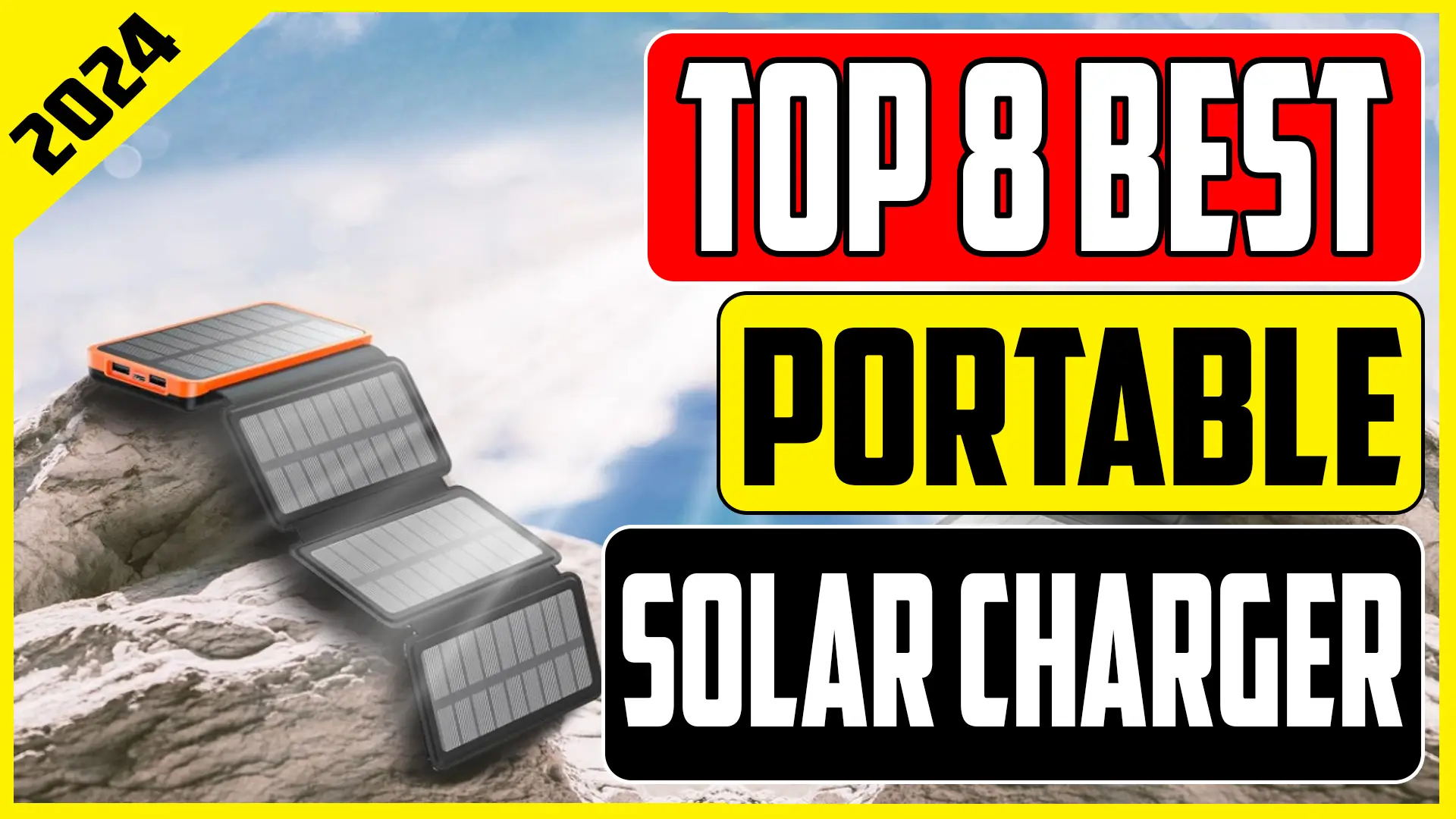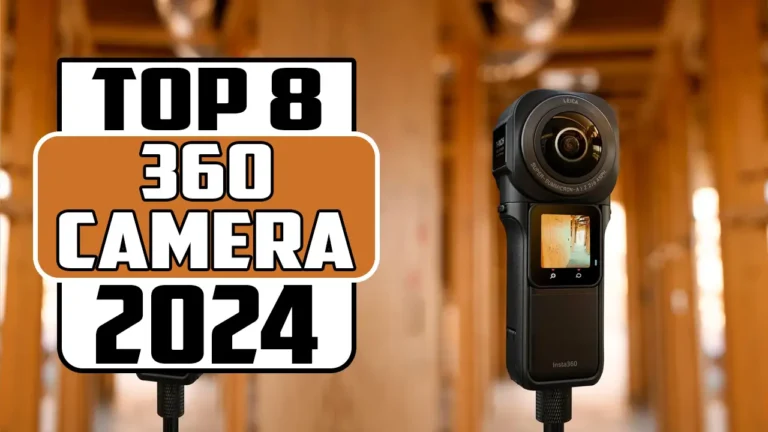Best Portable Solar Chargers of 2024 Revealed

Portable solar chargers have revolutionized outdoor adventuring and emergency preparedness by providing a sustainable and convenient power source off the grid. In this in-depth product review, we’ll delve into the features, performance, and usability of eight top portable solar chargers, offering insights to help consumers make informed decisions.
Goal Zero Nomad 50 :
The Goal Zero Nomad 50 stands out with its impressive 50-watt output, making it ideal for charging larger devices and power banks. Its high efficiency is evident in rigorous testing, where it accumulated a remarkable 3,887mAh. With steady voltage maintenance and uninterrupted charging capabilities, it proves reliable even in demanding conditions. Additionally, its compatibility with larger power banks and solar generators enhances its versatility, making it a top choice for serious outdoor enthusiasts and emergency preparedness.
Big Blue 3 28Watt :
The Big Blue 3 offers commendable power generation but falls short in consistency. Despite occasional fluctuations and susceptibility to cloud cover disruptions, it remains a viable option for multi-device charging in optimal sunlight conditions. Its compact design, durability features, and multiple USB ports enhance its practicality for outdoor use, making it suitable for users seeking versatility and reliability in moderate sunlight conditions.
Goal Zero Nomad 5 :
Compact and easily storable, the Goal Zero Nomad 5 disappoints in power output during testing. With negligible charging capabilities even in direct sunlight, its limited utility raises concerns about its effectiveness for practical applications. While its compact size and portability make it convenient for on-the-go use, its performance limitations may deter users seeking reliable off-grid charging solutions.
BioLite :
The BioLite Portable Solar Charger boasts innovative design features such as an analog sundial and adjustable stand. However, it underwhelms in power generation, failing to register significant current outputs in testing. Despite its aesthetic appeal and convenience for low-power needs, its performance limitations diminish its overall appeal, particularly considering its price range.
Anker Solar Charger:
Anker’s offering doubles as a power bank, impressing with its substantial battery capacity but falling short as a solar charger. Minimal charging current during testing suggests inefficiency in harnessing solar energy effectively. While viable solely as a power bank, its inability to meet solar-charging expectations may deter users seeking reliable off-grid power solutions.
Hiluckey :
The Hiluckey Portable Solar Charger demonstrates capacity for power generation but lacks reliability and consistency. Frequent shutdowns and the need for manual intervention detract from its usability, especially in scenarios requiring uninterrupted power supply. While its battery capacity offers some utility, its unreliable performance undermines its appeal as a dependable solar-charging option.
QiSa Portable Solar Charger:
The QiSa model offers wireless charging capabilities and a sizable battery capacity but suffers from operational issues. Inconsistent performance, including sudden shutdowns, diminishes its suitability for reliable off-grid charging. Despite its functional aspects, reliability concerns detract from its overall appeal compared to more dependable alternatives.
X-Dragon 20Watt Portable Solar Charger:
Positioned as a cost-effective yet efficient solution, the X-Dragon 20Watt impresses with its fast-charging capabilities and high conversion rate. Its reliability in both sunny and cloudy conditions makes it a standout performer among competitors. While its design features, such as the zippered pouch, may pose minor inconveniences, its overall performance and affordability make it a top choice for outdoor enthusiasts seeking reliable off-grid power solutions.
Buying Guide for Portable Solar Chargers
Factors to Consider
Power Output:
Evaluate the wattage of the solar charger to ensure it meets your device charging needs. Higher wattage chargers are suitable for charging larger devices and power banks. Consider the efficiency of the solar panels in converting sunlight into usable energy, as higher efficiency ensures faster charging times.
Portability and Size:
Assess the size and weight of the solar charger for portability, especially if you plan to carry it during outdoor activities or emergencies. Look for foldable or compact designs that are easy to pack and transport.
Durability and Weather Resistance:
Choose a solar charger with durable construction materials and weather-resistant features to withstand outdoor conditions such as rain, dust, and impact. Look for certifications such as IPX ratings for water resistance and rugged designs for durability.
Compatibility and Connectivity:
Ensure compatibility with your devices by checking the charger’s output ports and voltage compatibility. Look for chargers with multiple USB ports and compatibility with various devices such as smartphones, tablets, and power banks.
Battery Capacity (if applicable):
If the solar charger doubles as a power bank, consider the battery capacity to determine how many device charges it can provide. Opt for higher capacity power banks if you require extended charging capabilities during outdoor adventures or emergencies.
FAQs
How do portable solar chargers work?
Portable solar chargers harness sunlight using photovoltaic cells to convert solar energy into electrical energy. This energy is then stored in an internal battery or directly used to charge electronic devices.
Are portable solar chargers suitable for cloudy weather?
While portable solar chargers perform best in direct sunlight, some models are designed to generate power even in cloudy conditions. However, charging times may be slower compared to sunny weather.
Can I charge multiple devices simultaneously with a portable solar charger?
Many portable solar chargers come equipped with multiple USB ports, allowing you to charge multiple devices simultaneously. However, charging efficiency may vary depending on the number of devices connected and available sunlight.
How long does it take to fully charge a device using a portable solar charger?
The charging time varies depending on factors such as the solar charger’s wattage, the device’s battery capacity, and sunlight intensity. Generally, it may take several hours to fully charge a device using a portable solar charger.
Is it safe to leave a portable solar charger exposed to sunlight for extended periods?
Yes, portable solar chargers are designed to withstand exposure to sunlight for extended periods. However, it’s essential to avoid exposing the charger to extreme temperatures or harsh weather conditions to ensure optimal performance and longevity.
Conclusion:
When choosing a portable solar charger, consider factors such as power output, portability, durability, compatibility, and battery capacity to meet your charging needs effectively. By selecting a reliable and efficient solar charger, you can stay powered up and connected during outdoor adventures and emergencies.













